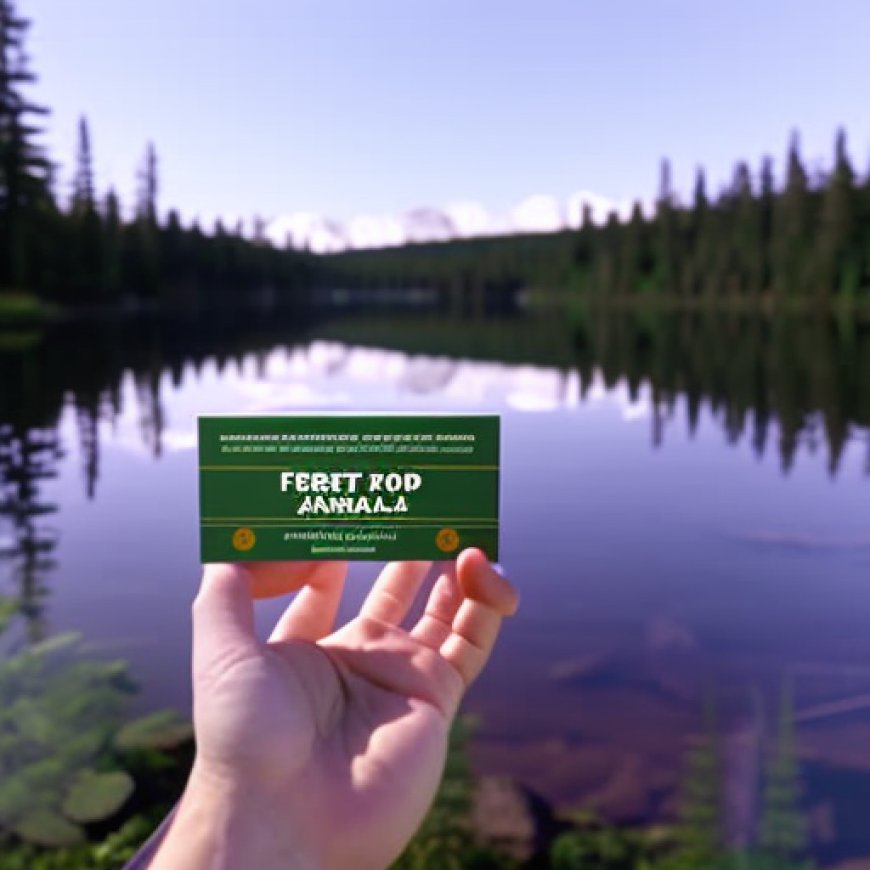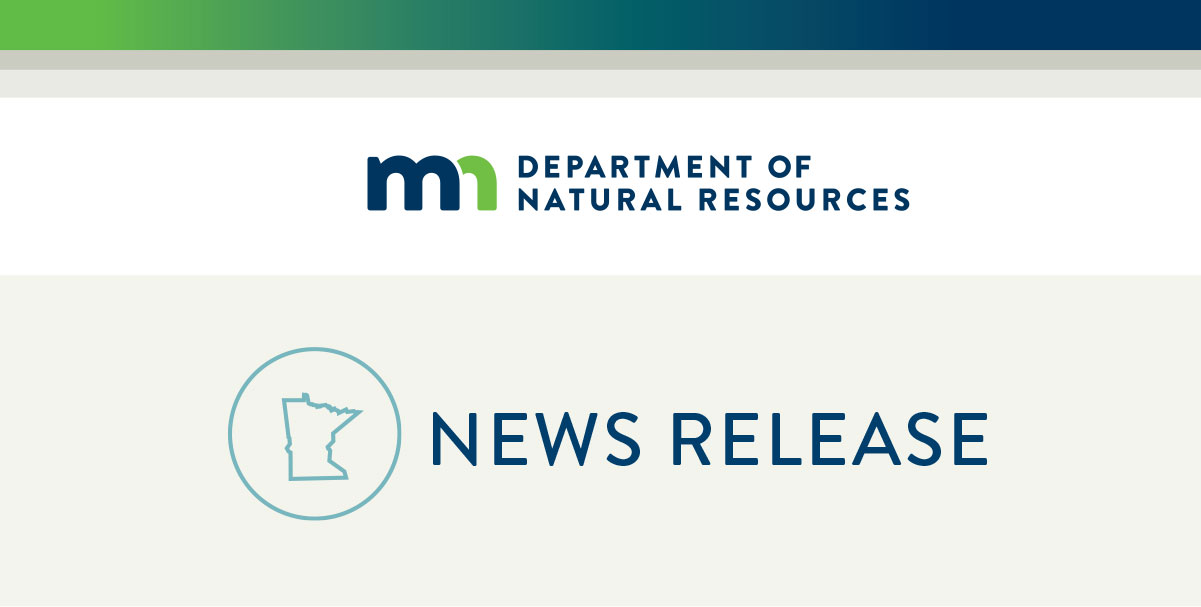Minnesota DNR releases 2023 Forest Health Annual Report : Feb 15, 2024 | News release
Minnesota DNR releases 2023 Forest Health Annual Report : Feb 15, 2024 | News release | Minnesota DNR MN DNR


The Condition of Minnesota’s Forests

The report provides a glimpse into the condition of Minnesota’s forests
The Minnesota Department of Natural Resources has released its 2023 Forest Health Annual Report, which summarizes findings about the pests, diseases, and other issues impacting the state’s forests. This data was collected through aerial surveys of 17.3 million acres in 2023 covering every forested area across the state, as well as on-the-ground site visits.
“Tracking trends and monitoring pest and disease outbreaks are important ways to support forest health,” Forest Health Program Coordinator Brian Schwingle said. “This information helps public land managers and private woodland owners understand overall forest conditions and manage forests to keep them healthy and resilient in the face of current and future challenges.”
Key Findings
- Spruce budworm damage was identified on around 664,800 acres of fir and spruce forests, the highest number of acres the native caterpillar has impacted in one year since 1961.
- Damage from the eastern larch beetle surpassed a cumulative 1 million acres of tamarack this year since the current outbreak began in 2001. Longer growing seasons have allowed these beetles to reproduce more, leading to an increase in beetle populations in tamarack stands. Fortunately, recent research from the DNR and the University of Minnesota showed that some forests are recovering naturally over time.
- Emerald ash borer was officially confirmed for the first time in Benton, Faribault, Lyon, McLeod, Mille Lacs, Morrison, Cass, and Clay counties, bringing Minnesota to a total of 46 out of 87 counties under quarantine. The DNR is engaged in a wide range of activities related to managing and reducing the impact of EAB.
- The most widespread tree health problem was declining oaks, primarily caused by a combination of older age, consecutive years of significant drought, and two opportunistic pests (Armillaria root disease and two-lined chestnut borer) which are only serious problems for stressed oaks.
Minnesotans can help keep trees and forests healthy through proper yard tree care and forest management.
Among adopting other best practices, homeowners should consider watering one or two of their favorite yard trees during significant drought, in compliance with local water use restrictions. People should buy and burn local firewood and report EAB
SDGs, Targets, and Indicators
| SDGs | Targets | Indicators |
|---|---|---|
| SDG 15: Life on Land | Target 15.1: By 2020, ensure the conservation, restoration, and sustainable use of terrestrial and inland freshwater ecosystems and their services, in particular forests, wetlands, mountains, and drylands, in line with obligations under international agreements. | Indicator 15.1.1: Forest area as a proportion of total land area |
| SDG 15: Life on Land | Target 15.2: By 2020, promote the implementation of sustainable management of all types of forests, halt deforestation, restore degraded forests, and substantially increase afforestation and reforestation globally. | Indicator 15.2.1: Progress towards sustainable forest management |
| SDG 15: Life on Land | Target 15.4: By 2030, ensure the conservation of mountain ecosystems, including their biodiversity, in order to enhance their capacity to provide benefits that are essential for sustainable development. | Indicator 15.4.1: Coverage by protected areas of important sites for mountain biodiversity |
| SDG 15: Life on Land | Target 15.9: By 2020, integrate ecosystem and biodiversity values into national and local planning, development processes, poverty reduction strategies, and accounts. | Indicator 15.9.1: Progress towards national targets established in accordance with Aichi Biodiversity Target 2 of the Strategic Plan for Biodiversity 2011-2020 |
| SDG 15: Life on Land | Target 15.c: Enhance global support for efforts to combat poaching and trafficking of protected species, including by increasing the capacity of local communities to pursue sustainable livelihood opportunities. | Indicator 15.c.1: Proportion of traded wildlife that was poached or illicitly trafficked |
1. Which SDGs are addressed or connected to the issues highlighted in the article?
- SDG 15: Life on Land
2. What specific targets under those SDGs can be identified based on the article’s content?
- Target 15.1: By 2020, ensure the conservation, restoration, and sustainable use of terrestrial and inland freshwater ecosystems and their services, in particular forests, wetlands, mountains, and drylands, in line with obligations under international agreements.
- Target 15.2: By 2020, promote the implementation of sustainable management of all types of forests, halt deforestation, restore degraded forests, and substantially increase afforestation and reforestation globally.
- Target 15.4: By 2030, ensure the conservation of mountain ecosystems, including their biodiversity, in order to enhance their capacity to provide benefits that are essential for sustainable development.
- Target 15.9: By 2020, integrate ecosystem and biodiversity values into national and local planning, development processes, poverty reduction strategies, and accounts.
- Target 15.c: Enhance global support for efforts to combat poaching and trafficking of protected species, including by increasing the capacity of local communities to pursue sustainable livelihood opportunities.
3. Are there any indicators mentioned or implied in the article that can be used to measure progress towards the identified targets?
- Indicator 15.1.1: Forest area as a proportion of total land area
- Indicator 15.2.1: Progress towards sustainable forest management
- Indicator 15.4.1: Coverage by protected areas of important sites for mountain biodiversity
- Indicator 15.9.1: Progress towards national targets established in accordance with Aichi Biodiversity Target 2 of the Strategic Plan for Biodiversity 2011-2020
- Indicator 15.c.1: Proportion of traded wildlife that was poached or illicitly trafficked
4. SDGs, Targets, and Indicators
| SDGs | Targets | Indicators |
|---|---|---|
| SDG 15: Life on Land | Target 15.1: By 2020, ensure the conservation, restoration, and sustainable use of terrestrial and inland freshwater ecosystems and their services, in particular forests, wetlands, mountains, and drylands, in line with obligations under international agreements. | Indicator 15.1.1: Forest area as a proportion of total land area |
| SDG 15: Life on Land | Target 15.2: By 2020, promote the implementation of sustainable management of all types of forests, halt deforestation, restore degraded forests, and substantially increase afforestation and reforestation globally. | Indicator 15.2.1: Progress towards sustainable forest management |
| SDG 15: Life on Land | Target 15.4: By 2030, ensure the conservation of mountain ecosystems, including their biodiversity, in order to enhance their capacity to provide benefits that are essential for sustainable development. | Indicator 15.4.1: Coverage by protected areas of important sites for mountain biodiversity |
| SDG 15: Life on Land | Target 15.9: By 2020, integrate ecosystem and biodiversity values into national and local planning, development processes, poverty reduction strategies, and accounts. | Indicator 15.9.1: Progress towards national targets established in accordance with Aichi Biodiversity Target 2 of the Strategic Plan for Biodiversity 2011-2020 |
| SDG 15: Life on Land | Target 15.c: Enhance global support for efforts to combat po
Behold! This splendid article springs forth from the wellspring of knowledge, shaped by a wondrous proprietary AI technology that delved into a vast ocean of data, illuminating the path towards the Sustainable Development Goals. Remember that all rights are reserved by SDG Investors LLC, empowering us to champion progress together. Source: dnr.state.mn.us
Join us, as fellow seekers of change, on a transformative journey at https://sdgtalks.ai/welcome, where you can become a member and actively contribute to shaping a brighter future.
|








